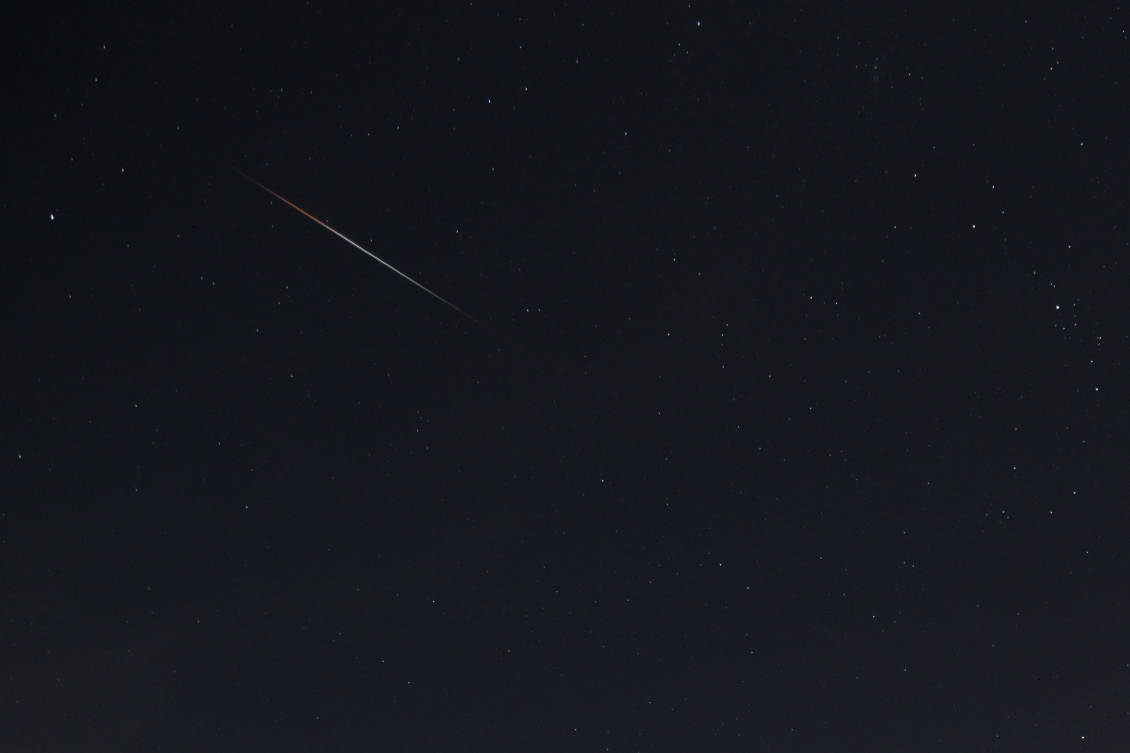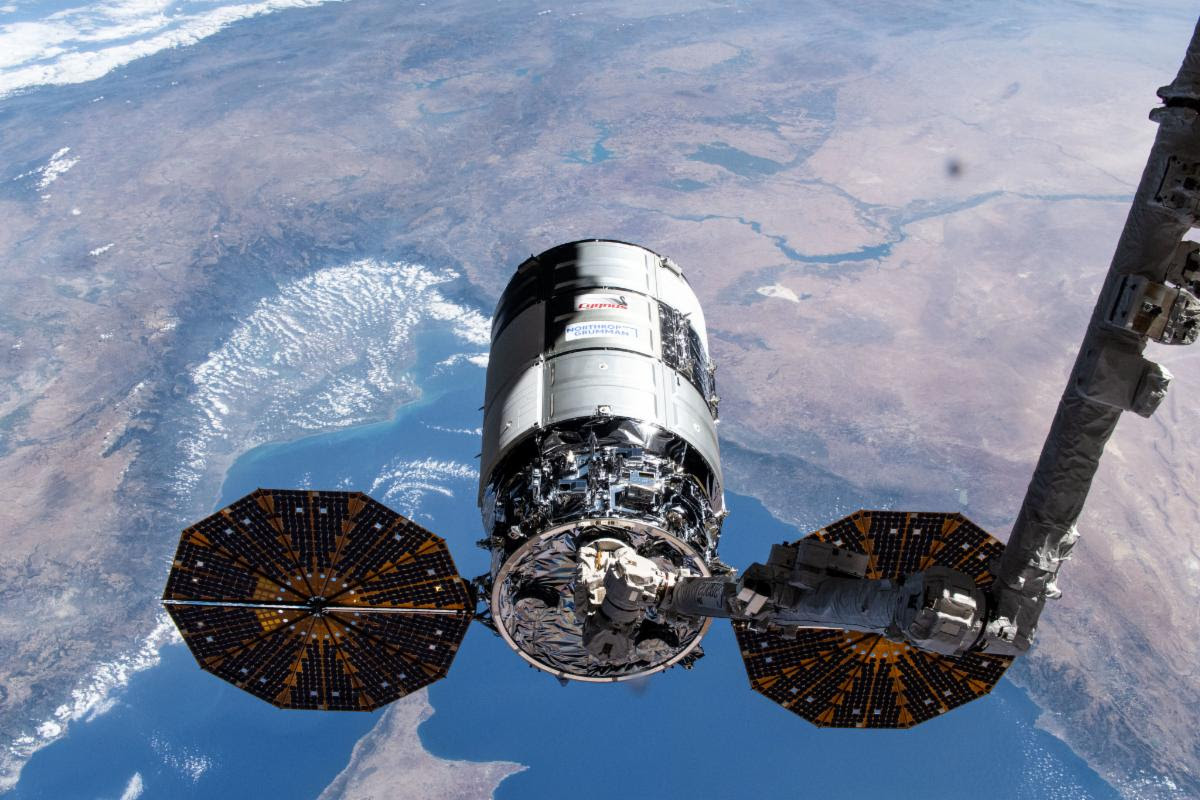Draconid Meteor Shower Peaks This Week

Skywatchers have a chance to see some "shooting stars" this week with the annual Draconid meteor shower. The meteor display, which peaks overnight on Thursday and Friday (Oct. 8 and 9) is caused by the remains of a comet raining down on Earth.
Weather permitting, skywatchers can see the Draconid meteor shower radiating out from the constellation Draco (the Dragon) near the triangle formed by the stars Deneb, Altair and Vega. NASA estimates that, on average, about 10 to 20 meteors per hour will be visible during the Draconids.
What's more, according to EarthSky.org, the moon will be just a faint crescent, allowing for excellent views of the shower.
While the Draconids appear to be coming from the constellation Draco, in reality they are remnants of debris shed by Comet 21P/Giacobini-Zinner, which orbits the sun once every 6.5 years. Around 1900, according to a NASA description, the comet ejected a stream of particles that intersects Earth's orbit, spawning the annual meteor display.
To watch a meteor shower, no special equipment is needed. Simply take a lawn chair, bundle up against the cold if you are in chillier parts of the United States, Europe or Canada, and sit outside watching the sky.

You do need to pick a viewing spot well away from city lights, which can reduce the number of meteors visible during the night. Binoculars or telescopes are not of much use because meteors travel unpredictably and typically only last a couple of seconds.
While a meteor looks spectacular in the sky, a shower like the Draconids does not have particles big enough to make it all the way down to Earth. These particles burn up high in the atmosphere and are generally slow moving, distinguishing them from other random meteors you may see throughout the evening.
Breaking space news, the latest updates on rocket launches, skywatching events and more!
Editor's note: If you capture an amazing image of the night sky that you would like to share with Space.com and its news partners for a story or photo gallery, send photos and comments in to managing editor Tariq Malik at: spacephotos@space.com.
Follow Elizabeth Howell @howellspace, or Space.com @Spacedotcom. We're also on Facebook and Google+. Original article on Space.com.
Join our Space Forums to keep talking space on the latest missions, night sky and more! And if you have a news tip, correction or comment, let us know at: community@space.com.

Elizabeth Howell (she/her), Ph.D., was a staff writer in the spaceflight channel between 2022 and 2024 specializing in Canadian space news. She was contributing writer for Space.com for 10 years from 2012 to 2024. Elizabeth's reporting includes multiple exclusives with the White House, leading world coverage about a lost-and-found space tomato on the International Space Station, witnessing five human spaceflight launches on two continents, flying parabolic, working inside a spacesuit, and participating in a simulated Mars mission. Her latest book, "Why Am I Taller?" (ECW Press, 2022) is co-written with astronaut Dave Williams.
